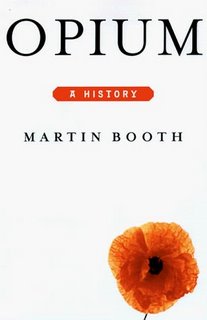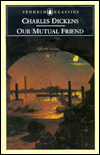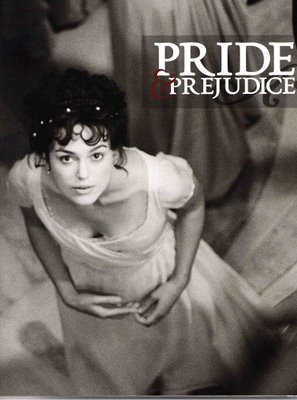First of all, I’m sorry for the lack of pretty graphics to go with this post! For the past two weeks, blogger has decided not to like for me to download things (actually, I think it may be my ancient computer!). Next week a computer geek friend is coming over to help me work on it, so hopefully next Saturday we will be good to go again. In the meantime, we will just have to imagine! 🙂
I’ve been researching a new story idea while I wait on various project floating around out there, one in which the heroine is a Russian ballerina in 1890. As usual, I’ve gotten a little sidetracked in my research meanderings, and wasted a great deal of time reading various books and visiting various websites. One book I’m enjoying is Orlando Figes’ Natasha’s Dance: A Cultural History of Russia. It’s a massive volume, and I’ve only read bits of it, but there is a whole section titled “Children of 1812” which details the effects of the conflict with the French on Russian society and culture. Since this fits in with “our” period, I decided to kill two birds with one research stone and talk about this here a bit (then my reading is not in vain, LOL!)
Figes says “As readers of War and Peace will know, the war of 1812 was a vital watershed in the culture of the Russian aristocracy.” French was the language used at court and in the cities; French culture had been emulated since the days of Peter the Great and had become ingrained in the fabric of aristocratic life. Now suddenly the French were the ENEMY! To be “Russian” was suddenly in vogue. The use of French, so long de riguer, was frowned on in St. Petersburg salons (Tolstoy’s novel also captures the spirit of this time, when nobles brought up to think and speak in Frencg suddenly struggled with their native tongue). In the 18th century, French was considered the sphere of “thought and sentiment” and Russian of “daily life” (i.e. men used Russian in dealing with serfs and middle-class businessmen; court and city life were for French). Girls, unlike their brothers, would not have much business with serfs and merchants, and were thus less likely to be taught to write Russian script (though I’m sure they would have spoken it, at least some). By the early 19th century, this was changing. Bilingual was the norm; letters would often switch back and forth, even in the same sentence, and even women could write it (Tolstoy’s mother Maria, for example, even wrote poems in Russian).
Native Russian foods and crafts also came into style. For example, Count Alexander Osterman-Tolstoy (a military hero of 1812) had a great mansion in St. Petersburg, with the reception rooms decorated with marble and mirrors, and a bedroom lined with rough wooden logs to look like a peasant hut. Dances like the pliaska were added to the round of waltzes and minuets. Princess Elena Golitsyn said “Nobody had taught me how to dance the pliaska. It was simply that I was a Russian girl.” (Amanda’s note–well, my family is Irish, and I doubt I could suddenly just jump up and do a jig. I’m just saying).
Country houses, or dachas, were now a must-have. They were constructed in a simple Russian style, two stories, made of wood, surrounded by a mezzanine veranda, with ornate window and doorframe carvings in Russian motifs. There the city-escapees picked mushrooms in the woods, made jam, drank tea from samovars, fished, hunted, visited the bathhouse, etc. Back in town, ladies started appearing at balls and receptions in native dress–the sarafan tunic and kokoshnik head-dress, for example. Peasant shawls were the new trend, replacing Indian imports. They were made in bustling serf workshops. The “natural look”–cotton gowns, simple hairstyles, pale complexions, and lighter perfumes were in (Tatiana in Pushkin’s famous poem Eugene Onegin personified this new natural woman).
Pushkin also used Russian songs and tales in hsi work, and he was a serious student of folk traditions–Ruslan and Ludmila, Tsar Saltan, The Golden Cockerel all derived from folktales. By Pushkin’s death in 1837, the literary and musical use of folk tales and motifs was common. The Collection of Russian Folk Tales (1790) was an instant hit. Beethoven used two songs from the collection in his “Razumovsky” quartets (1805), including the “Slava (Glory)” chorus, later used by Mussorgsky in the coronation scene of Boris Godunov. It was originally a sviatochnaya, a folk song used by Russian girls in divination games at New Year’s. This simple tune became a national chorus in 1812.
I admit to being something of a Russophile, so I hope I haven’t bored you with all this info! Hopefully it was kind of interesting to glimpse a culture of the Regency period so far from England. And I’m going to have to echo Megan’s question here, because I need to find out–would you find a Russian heroine interesting??? What about paranormal elements that derive from Russian folktales? What are some other cultures you would like to see more of in novels?







